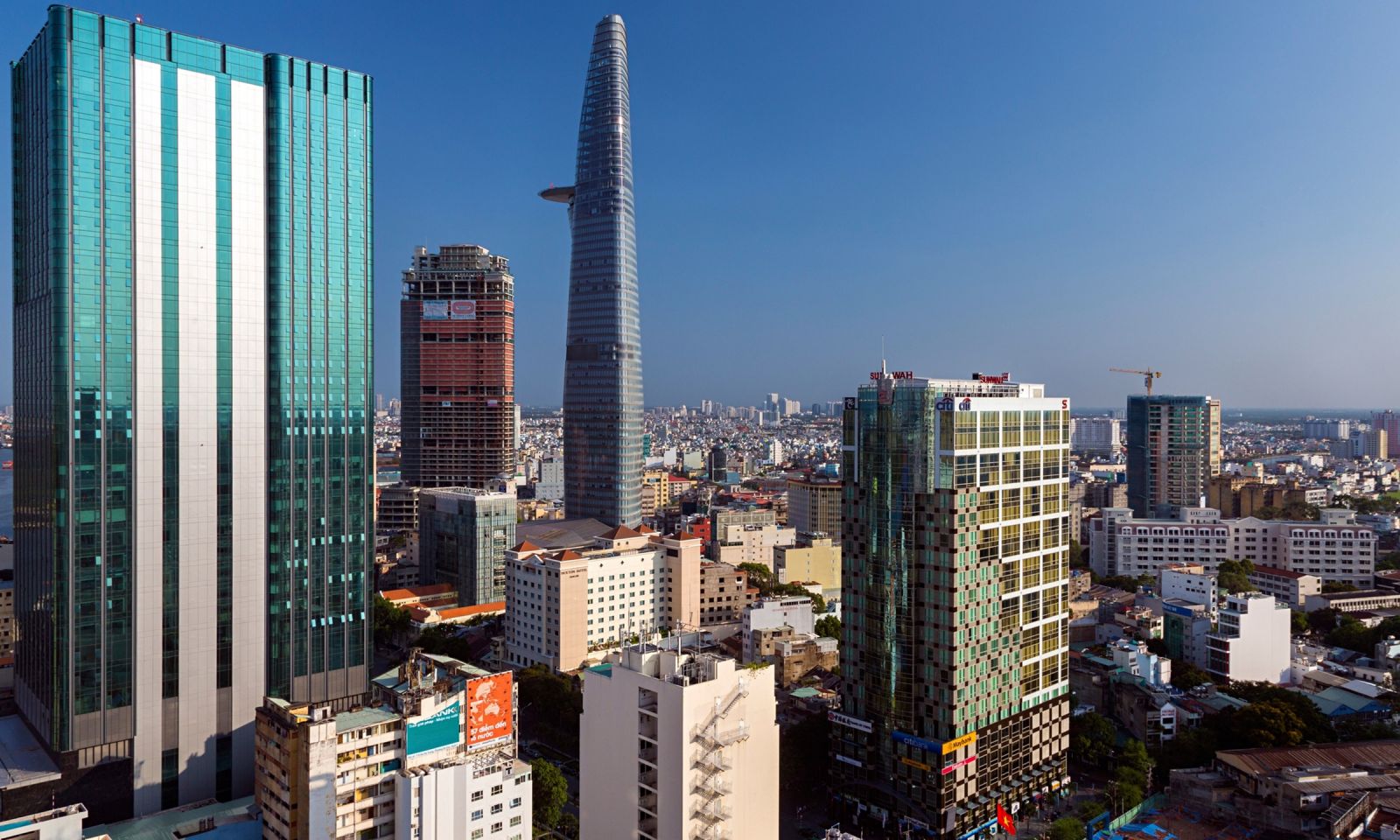Vietnam’s economic outlook improved in medium term
The trade balance is projected to remain positive despite strong import growth which will help Vietnam retain the current account surplus, albeit at lower level. Robust FDI inflows will keep the capital account in surplus as well. The fiscal deficit is expected to come in at around 4 percent of GDP this year. However, following this year’s sharp adjustment, the pace of fiscal consolidation is expected to slow down in medium term.
Despite the stronger near-term outlook, medium-term risks remain significant. On the upside, a sustained recovery in global demand and resultantly stronger manufacturing growth could lift GDP growth above the projected baseline. On the downside, a key challenge relates to the combined effect of a deceleration in productivity, labor force and investment growth which may weaken Vietnam’s potential growth. Fiscal risks also remain pronounced, particularly with regard the quality and pace of fiscal consolidation which could undermine investment in infrastructure and human capital needed for future growth.
Risks in the banking sector -while somewhat more muted- pertain to a combination of relatively thin capital buffers, unresolved NPLs and rapid credit growth which could result in renewed financial instability, especially in case of economic shocks. Externally, strong trade and investment linkages expose Vietnam’s economy to risks associated with a potential rise in protectionism and a possible weakening of external demand in case of ongoing global recovery loses momentum. Vietnam is also exposed to heightened geopolitical tension on the Korean peninsula, given its significant FDI and trade relationship with South Korea. Finally, tighter global financial conditions could ignite balance of payment pressures especially given the lack of full exchange rate flexibility and relatively low external reserve coverage.
These risks call for a continuing focus on enhancing macroeconomic resilience and structural reforms to lift potential growth over the medium term. Macroeconomic resilience could be strengthened by further enhancing exchange rate flexibility, a further build-up of foreign reserves, fiscal consolidation and responsive monetary and macro prudential policies that moderate credit expansion and bolster capital buffers in the banking sector.
On the fiscal front, there continues to be a need for deeper revenue and expenditure reforms that lead to real efficiency gains, including broadening tax bases and strengthening tax administration, right-sizing the public administration and higher value for money in public investment and procurement of goods and services (see special topic note). Steps to solidify macroeconomic stability need to be accompanied by progress on structural reforms to lift productivity and potential growth, including steps to reform the SOE sector, improve the regulatory environment and enhance factor markets, including for land and capital.


 English
English




